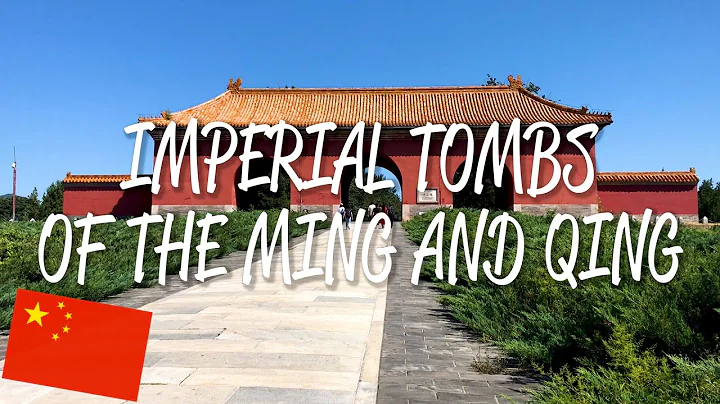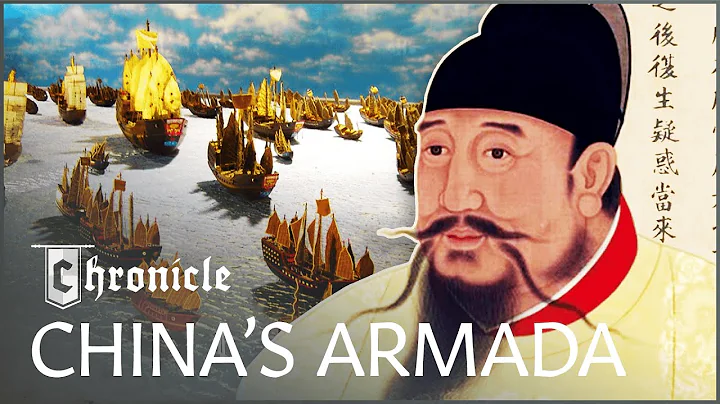
Since the Ming and Qing Dynasties until now, Dongguan has been one of the most popular and prosperous areas in the Pearl River Delta where unicorn dancing is performed. The "Dongguan County Chronicle" of the Republic of China records the grand occasion of local making paper unicorns, learning unicorn dance, and performing unicorn dance performances: "Yi Shang Wushu, in the autumn and winter, is taught by Master Yan. At the end of New Year's Day, they form a team to play drums, paste the unicorn head with paper, paint five colors, sew a brocade quilt to make the lin body, and the two people dance. After the dance, each performs a boxing stick, saying Dancing Kirin. The Kirin that appears in the performance of "

. Photography / Wu Xuewen
Dongguan Qilin Dance
Qilin dance is to express the changes in emotions and states of the Qilin through dance, such as joy, anger, sadness, surprise, suspicion, drunkenness, and awakening. Dongguan Qilin Dance is generally divided into two sets: upper and lower. The upper set mainly shows the Kirin's daily life, which is generally quite soothing; the lower set mainly shows the Kirin's foraging and eating, with large changes in rhythm.

Qilin Dance
The traditional routines of Dongguan Qilin Dance generally include "waking up", "washing up", "coming out of the hole", "circling the head", "swinging the feet", "licking the feet", "looking for the green", "exploring the green", "kicking the green" and "navy blue" It takes 25 to 30 minutes to complete all the steps including "eating green", "vomiting green", "making yarn", "vomiting imperial book", "touring the garden" and "returning to the cave". The rhythm of the traditional Qilin Dance is slower, and usually two people at one end and one tail complete all the steps; the current Qilin Dance has sped up the rhythm in order to enhance the stage effect, shortening it to five or six minutes to ten minutes, but the physical fitness per unit time It takes a lot of effort, and few people have the physical stamina and endurance to complete all the steps from start to finish. Therefore, in Dongguan's unicorn dance, after the head covering is completed, a unicorn is usually replaced with a tail covering, or the person dancing the unicorn head is replaced by another person, while the person dancing the unicorn tail is not changed. Even if they are only dancing one of the "headbands" or "tailbands", the Qilin dancers still keep panting and wiping sweat when they come down to rest.

Qilin Happy New Year
Some people call the Hakka people "Oriental Jews". They set out from the Central Plains, left their hometown, and went south, passing through the Jianghuai River and entering Guangdong, Fujian, and Jiangxi. They carved out an epic life amidst the invasions of barbarians and frequent wars. sky. Dongguan City Huang Helin, the "head" of the Huangjiaban Kirin Team in Qingxi Town, Dongguan City, believes that the Kirin Dance in Dongguan was spread with a large number of immigrants.
The Kirin Dance Project at the Dongguan Traditional Culture Parade pushed the "Happy Lantern Festival" of the "Guanyi Garden Party" to a climax. People happily came to watch the parade with their young and old, and the streets in Guancheng were packed with people. During the parade route, every 100 meters or so, the Qilin team stopped to perform.

During the performance, there were loud sounds of gongs and drums, and in conjunction with martial arts movements, the dancers danced the unicorn, which fully demonstrated the majesty and fierceness of the unicorn. After each performance, Kirin interacted friendly with the audience on the roadside during the journey, and also walked to the audience at the right time, letting everyone touch the Kirin to soak up the auspiciousness and joy, and send New Year blessings to the audience.

Qilin Fuxing Zhang
Qilin is a legendary magical animal. To make it, you can only rely on imagination. Folk jingle describes Qilin as "a dragon's head, antlers, a wolf's head, a tiger's back, a bear's waist, and a pig's nose. It has a yellow ox's tail, a horse's hooves, and is covered in snake and lin skin."

The tied unicorn has a five-color horn, which symbolizes "taking the lead"; with the horn pointing forward, it means "prominence" or "coming out". There is a series of raised small nails on the cervical vertebrae of Qilin, evenly spaced and different colors, which means "people are prosperous" and "everyone is outstanding". After the Kirin is tied, the eyes will be wrapped with red cloth. In theory, it is not "spiritual" and cannot be used for dancing. In order for Qilin to gain "spirituality", it must undergo a "consecration and youth" ceremony. "Green" is essentially a cluster of green branches and leaves that grow particularly lush, often taken from longan trees or other particularly strong trees. However, Qilin dancers believe that "green" represents the aura of all things in the world in Qilin dance. When holding the consecration ceremony , the core part is that the master dots the eyes of the paper unicorn, and the order of dotting is the left eye, right eye, tongue, and nose.The moment the nose was lit, gongs and drums were blared, firecrackers exploded, and the unicorn began to dance.

Mr. Liu Jinxing from Liuwu Village, Zhangmutou Town, is the municipal inheritor of Qilin Caizhao technique. Photography / Wang Yutong
"Gongs and drums are ringing, firecrackers are blasting, Hakka people are dancing the unicorn..." A unicorn dance in the prosperous times, praying for Wanyi to be filled with good fortune!
- END -
Text丨Chen Xiaoyi
Editor | Hu Yan
The original text is taken from "Authentic Scenery·Dongguan", with additions, subtractions and changes

The book "Authentic Scenery·Dongguan"
The unsigned picture of this article comes from "IC photo" or " "Tuchong Creative", any website, newspaper, TV station, company, organization or individual may not use part or all of it without the permission of IC photo or Tuchong Creative.





















